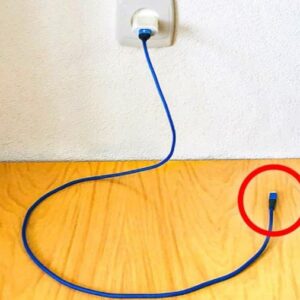Along a quiet rural road north of Gresham, Oregon, drivers often notice a tall, narrow wooden tower standing at the end of a driveway. About fifteen feet high with beige siding, a small pitched roof, and a glass panel facing the road, it looks mysterious at first glance. It’s not a treehouse, bird feeder, or mailbox — it’s something far more inventive. Locals have come to call it the “driveway periscope.”
Many rural homeowners face a common challenge: limited visibility when pulling onto roads lined with dense trees or steep hills. While some people install mirrors across the street, one Oregon resident devised a more creative and low-tech solution. Using two angled mirrors — the same principle behind a submarine periscope — the tower lets drivers see approaching vehicles before entering the main road.
The design is simple yet brilliant. The top mirror reflects the view of oncoming traffic down to a lower mirror, which redirects it to a viewing panel near the base. No electricity, cameras, or complex systems — just smart physics and practical problem-solving. Its beige siding and neat roof help it blend naturally into the landscape, often leading passersby to mistake it for a watchtower or an art installation until they look closer.
Photos and videos of the structure have since gone viral, celebrated as a perfect example of rural ingenuity. What began as a personal safety project has become a symbol of creative thinking and hands-on innovation. In a world where technology dominates most solutions, Oregon’s driveway periscope proves that a clever, home-built idea can still make everyday life safer, smarter, and more inspiring.





